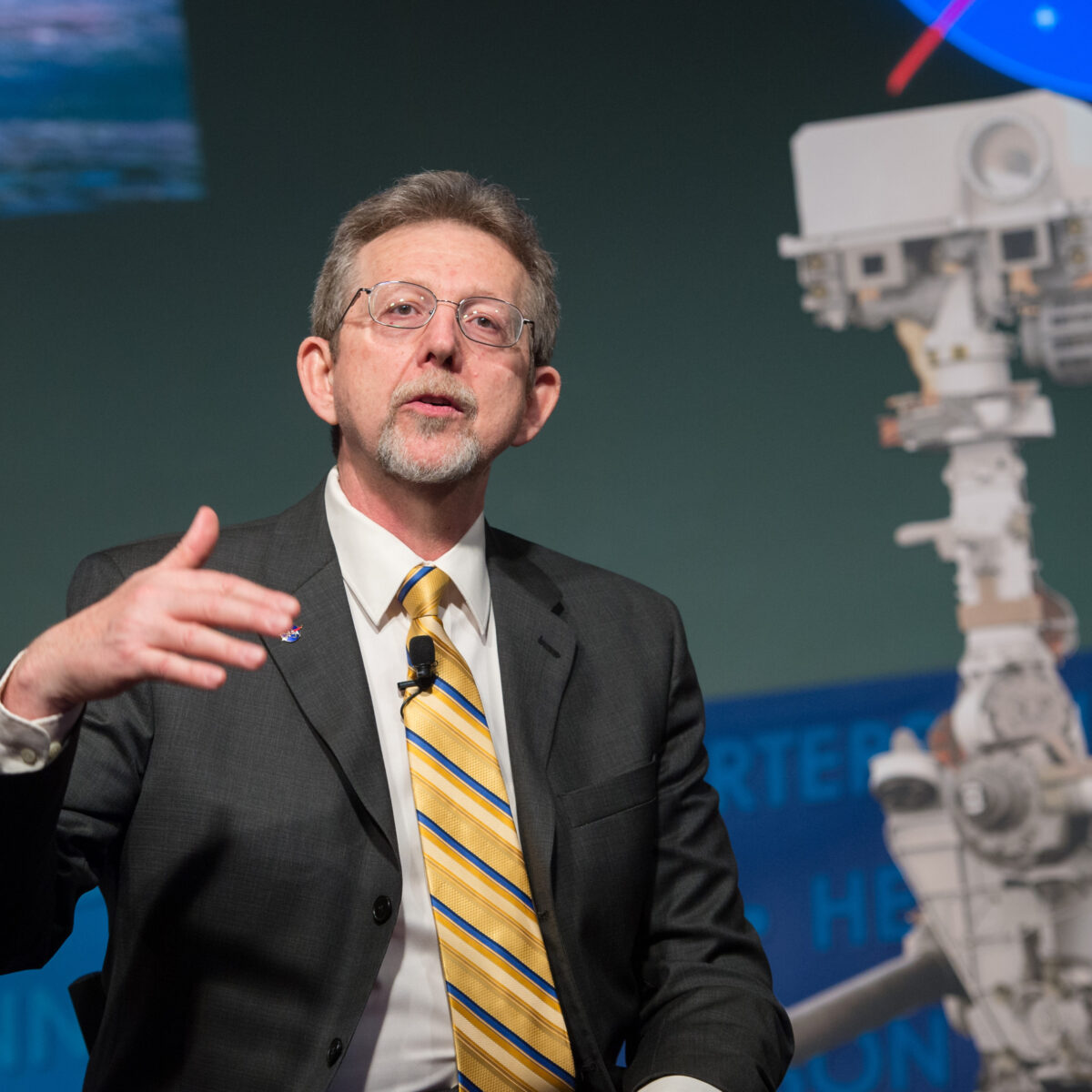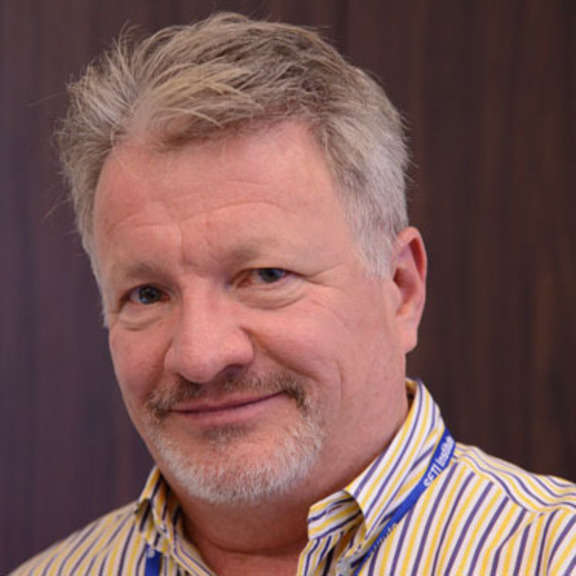Since 2002, Planetary Radio has visited with a scientist, engineer, project manager, advocate, or writer who provides a unique perspective on the quest for knowledge about our Solar System and beyond. The full show archive is available for free.
Search Planetary Radio
Join Planetary Radio host Sarah Al-Ahmed on a trip to the 2023 NASA Innovative Advanced Concepts (NIAC) Symposium in Houston, Texas. This episode is part one of two.
The former director of NASA’s Planetary Science division, Jim Green, retired as the agency’s chief scientist in January. This episode opens with a special announcement from host Mat Kaplan.
Host Mat Kaplan talked with the Arecibo Observatory director just hours before the giant radio telescope came crashing down.
Radio telescopes are delivering stunning images that, in some cases, current optical telescopes can’t equal. Witness the 20 beautiful protoplanetary disks imaged by the DSHARP team using the ALMA radio telescope in Chile.
The SETI Institute is about much more than the Search for Extraterrestrial Intelligence. President and CEO Bill Diamond of the Institute explains.
PlanRad’s celebration of Asteroid Day (June 30th) continues as we call UCLA grad student Adam Greenberg at the Arecibo Observatory in Puerto Rico.
Emily Lakdawalla returns from the annual Division for Planetary Sciences meeting with big news from around the solar system. Then we talk with science journalist Traci Watson about the departure of the great Arecibo radio telescope’s Director and the funding challenge that could shut down the observatory.
Our special coverage of the ALMA Observatory inauguration continues, with the President of Chile, the incoming ALMA Director, and much more from the Atacama Desert.
The first of two shows about Mat Kaplan's journey to Chile's Atacama Desert for the inauguration of the Atacama Large Millimeter small millimter Array, the most ambitious, Earth-based astronomy project in history.
UC Berkeley SETI researcher Andrew Siemion and his colleagues have put an upper limit on the number of civilizations in our galaxy that are capable of giving us a call. He’ll explain their reasoning and provide other search updates.
ALMA will make sharper images than the Hubble Space Telescope, yet it’s a radio telescope! ALMA scientists Alison Peck and Al Wooten tell us about this array of 66 huge dishes in Chile’s Atacama desert.


 Explore Worlds
Explore Worlds Find Life
Find Life Defend Earth
Defend Earth











